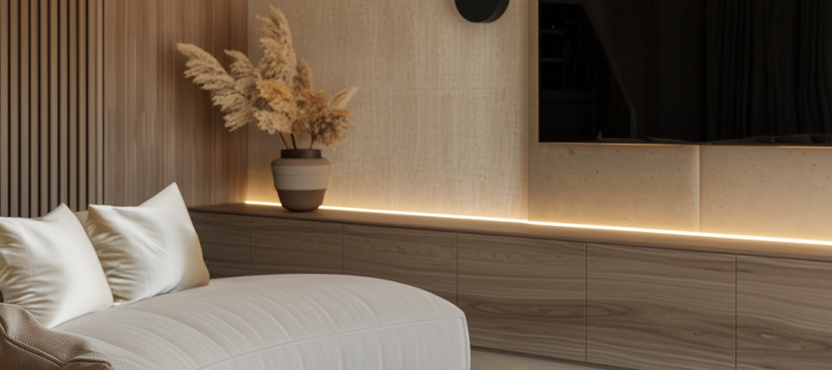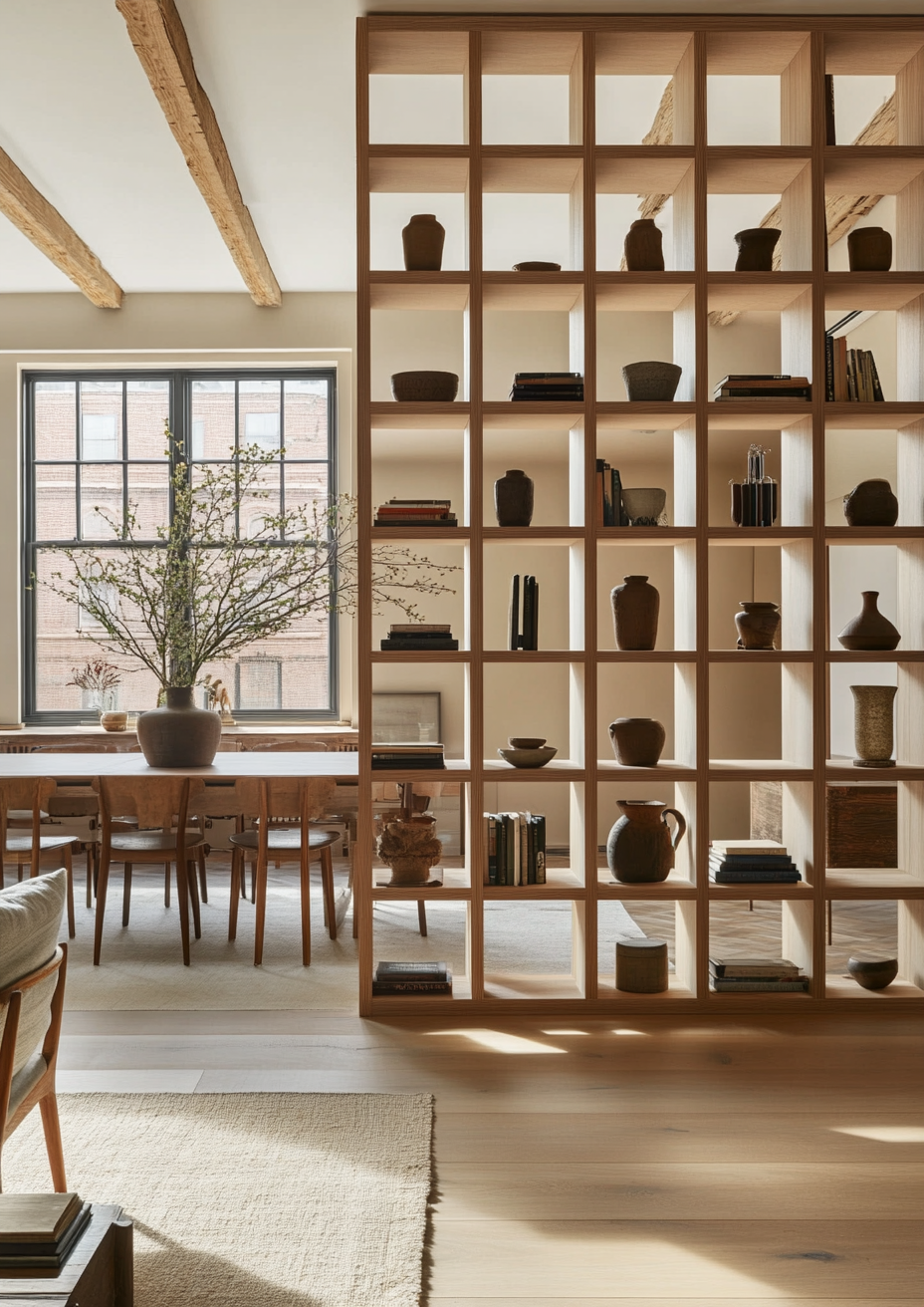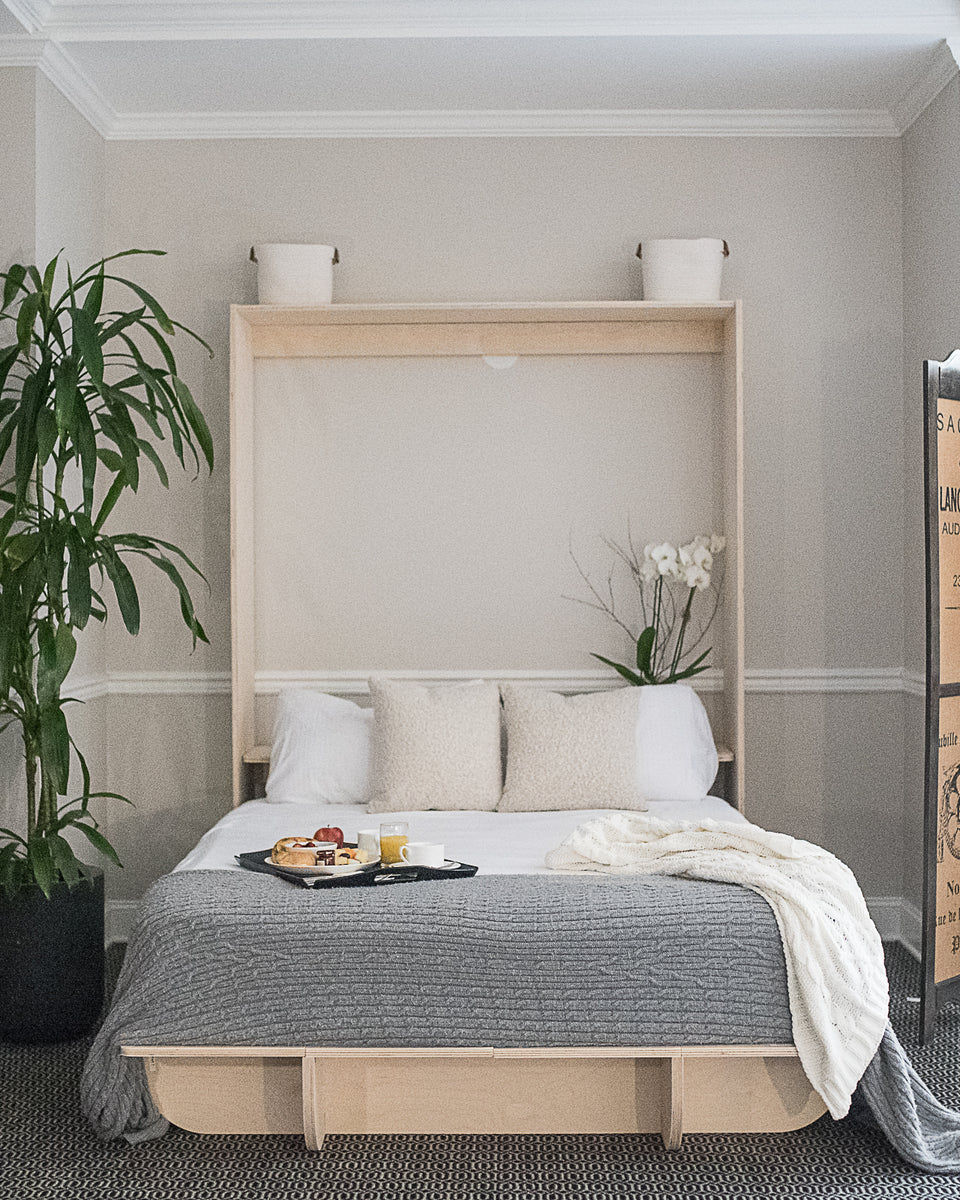How to Make a Small Bedroom Look Bigger in 2025
- Beril Yilmaz

- 11 hours ago
- 5 min read
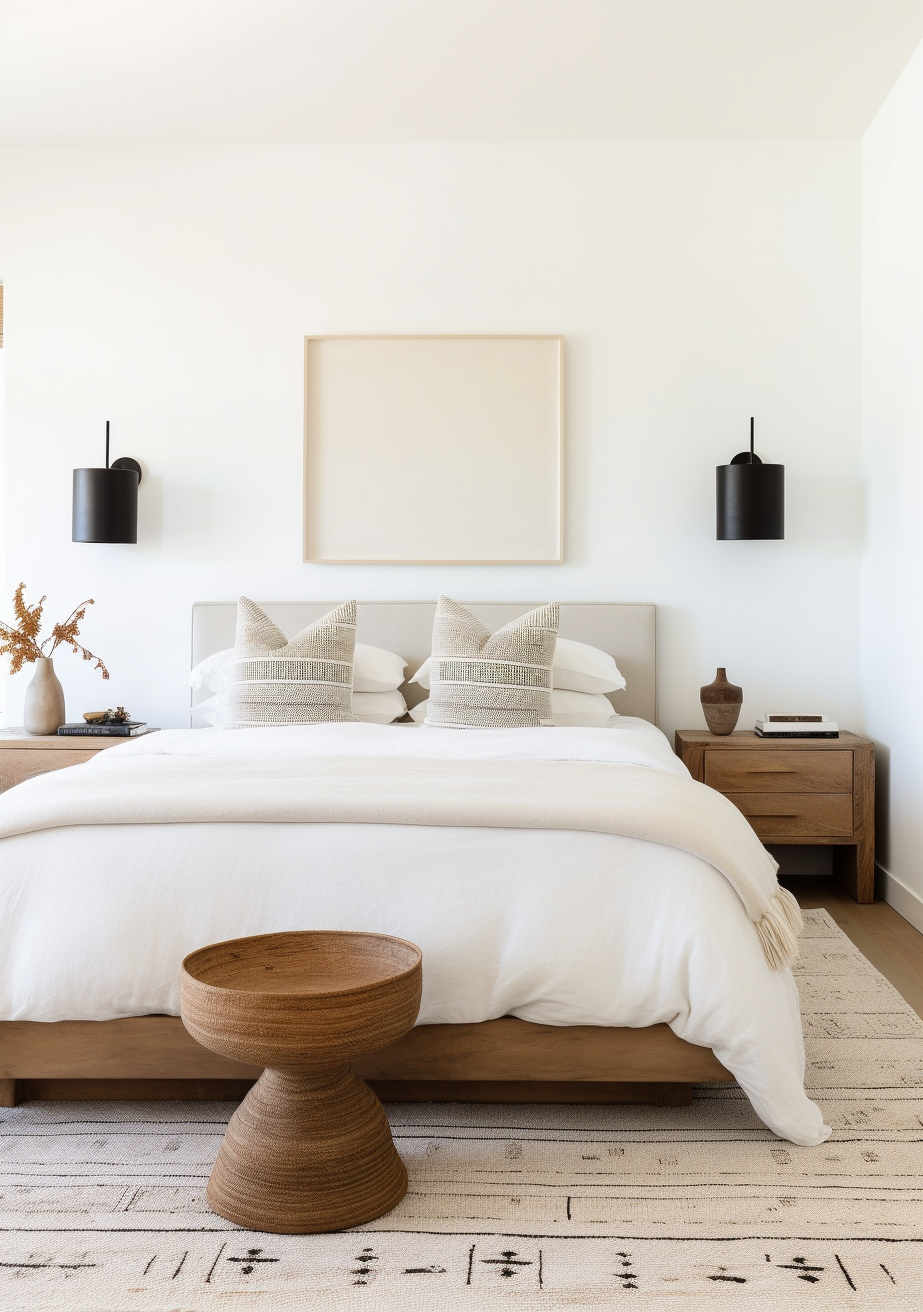
Small bedrooms present a design challenge that reveals a surprising truth: they're easier to make beautiful than large ones.
When every square foot matters, you cannot afford to waste anything on elements that don't work. Every color choice, every piece of furniture, and every decorative touch has to serve a purpose. The result is rooms that feel more intentional, more luxurious, and more comfortable than sprawling spaces filled with random furniture.
The common mistake is thinking "small" means "cramped." Small means focused. Small means every design strategy works harder. When you apply the right techniques, your bedroom will not just look bigger—it will feel like a custom-designed retreat.
What You'll Learn in This Article
-Why light colors actually make rooms look bigger (and which ones work best)
-The furniture mistakes that shrink your space (plus what to buy instead)
-Where to put your bed so your room feels twice as big
-The one-rug rule that makes floors look expansive
-Mirror placement that doubles your natural light
-How to maintain a spacious feel without constant maintenance
Identifying Common Small Bedroom Problems
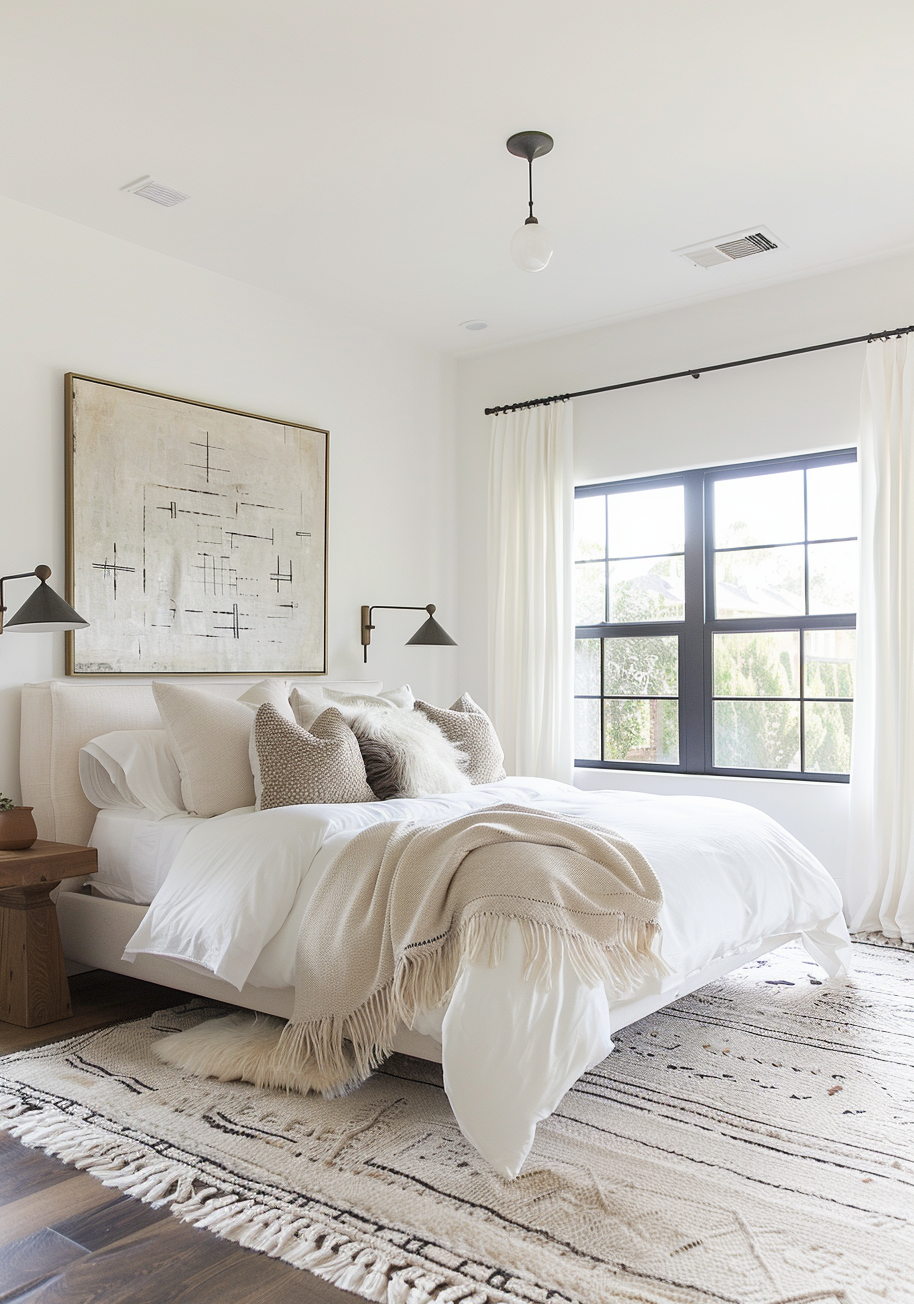
Walk into your bedroom and assess what's making it feel smaller than it actually is.
Common space-killers include corners stuffed with items you can't navigate around, beds that dominate the entire room, or dressers that overwhelm the space. Heavy curtains blocking windows and clutter covering every surface create visual weight that shrinks rooms.
These aren't just organizational problems—they're design barriers. Your room feels cramped because it literally cannot breathe. Address these issues first, and you'll solve half the challenge.
Identify your priority. If clothes accumulate everywhere, storage solutions come first. If your room feels dark, lighting takes precedence. If you're constantly maneuvering around furniture, layout changes beat everything else. Focus on one major issue rather than attempting to fix everything simultaneously.
Space-Saving Furniture for Small Bedrooms
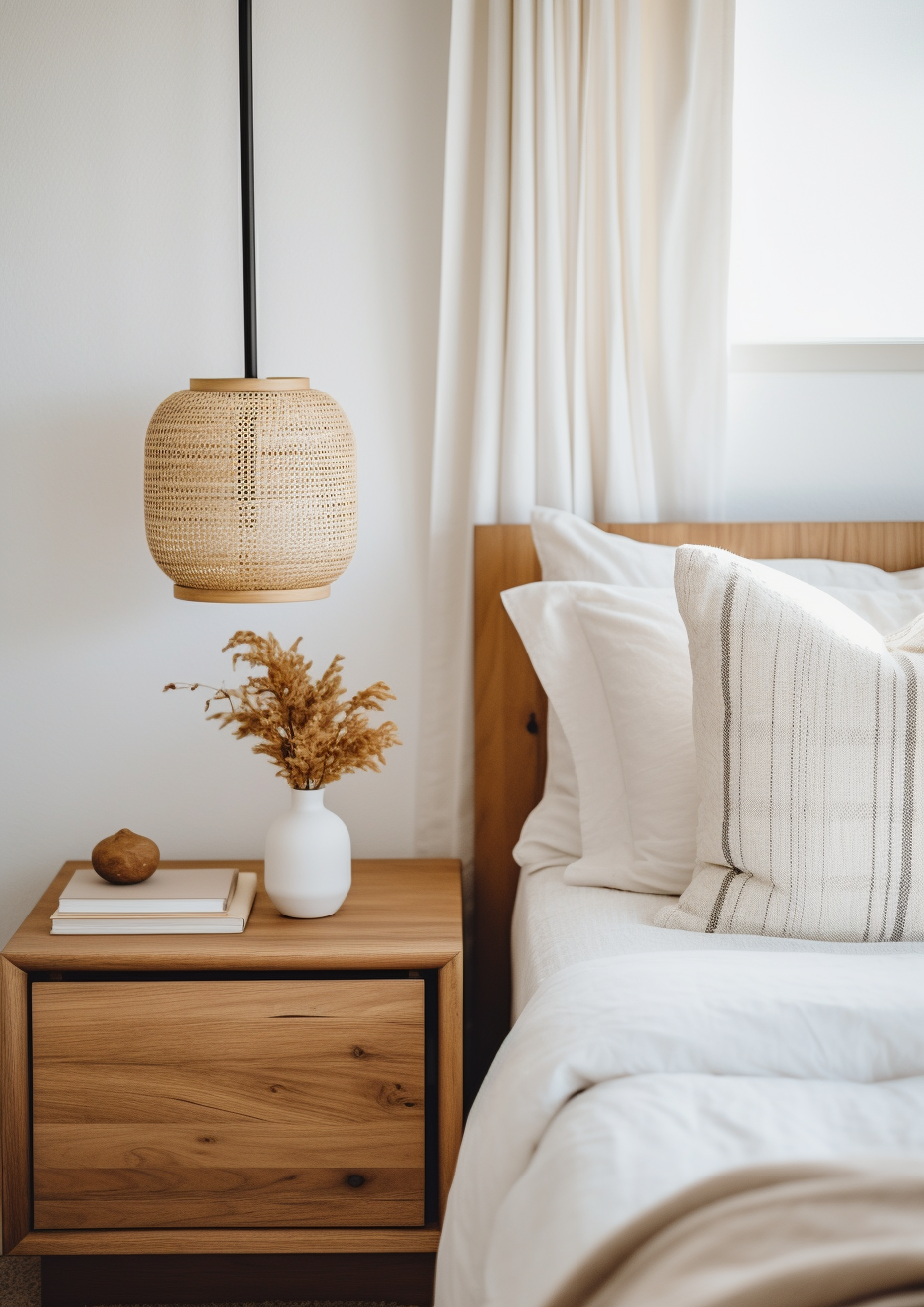
Most people purchase furniture without considering scale. Then they wonder why their bedroom feels like a storage facility.
Multi-Functional Bedroom Furniture
Multi-functional solutions maximize limited space. A cabinet bed transforms your bedroom during the day, disappearing completely to create a living area, office, or workout space. At night, it unfolds into comfortable sleeping quarters. This represents the ultimate space-saving investment for rooms that serve multiple purposes.
Storage beds hide belongings while maintaining clean lines. Ottoman seating that opens for blanket storage serves dual purposes. Wall-mounted desks that fold down when needed preserve floor space.
Wall-mounted furniture beats floor-standing pieces consistently. Floating nightstands keep floor space clear while providing necessary surface area.
Choosing the Right Bed Size
Your queen bed might fit physically, but does it fit proportionally? A full bed provides adequate sleeping space while leaving room for movement and other furniture.
Platform beds sit low and make ceilings appear taller. Storage beds offer drawers without requiring additional floor space. Low-profile frames prevent the room from feeling heavy and overwhelming. Match your bed size to your room dimensions, not your aspirations.
Optimal Furniture Placement
Position your bed against the longest wall rather than floating it in the center. This opens central floor space for easier navigation.
Tall dressers outperform wide ones in small spaces. Vertical storage draws eyes upward and makes ceilings feel higher. Leave breathing room between large pieces, and never block windows with furniture.
Best Colors for Small Bedrooms

This strategy involves physics, not just aesthetics. Light colors reflect light while dark colors absorb it. More reflected light creates the perception of a larger space.
Light Color Schemes
White, cream, pale gray, and soft beige aren't boring—they're space multipliers. When walls, ceiling, and trim use similar light shades, boundaries become unclear and rooms appear to extend beyond their actual dimensions.
Try this combination: off-white walls, light gray bedding, and sheer ivory curtains. Everything blends together, eliminating visual boundaries.
Using Accent Colors Effectively
You don't need to live in a colorless space, but follow this rule: one bold element at a time. A navy throw pillow works perfectly. Emerald artwork adds personality. However, combining a mustard accent wall with colorful bedding and bright curtains creates visual chaos. Choose one accent piece that brings joy and keep everything else neutral.
Flooring and Rug Solutions
1. Rug Size and Placement
One substantial rug beats multiple small ones. Small rugs fragment your floor and create a visual disconnection. Select a rug that extends under your bed and nightstands—this anchors the space and creates floor unity. 5x8 or 6x9 rugs work for most full or twin beds.
2. Flooring Color Options
Light wood, pale laminate, and light-colored carpet reflect more light than dark flooring.
"Continuity in flooring, especially in open-plan spaces, prevents breaking the visual flow. It tricks the eye into seeing one large, unified space," explains an interior designer of Arsight.
If changing floors isn't possible, a large, light-colored rug achieves the same effect.
Lighting and Mirror Strategies
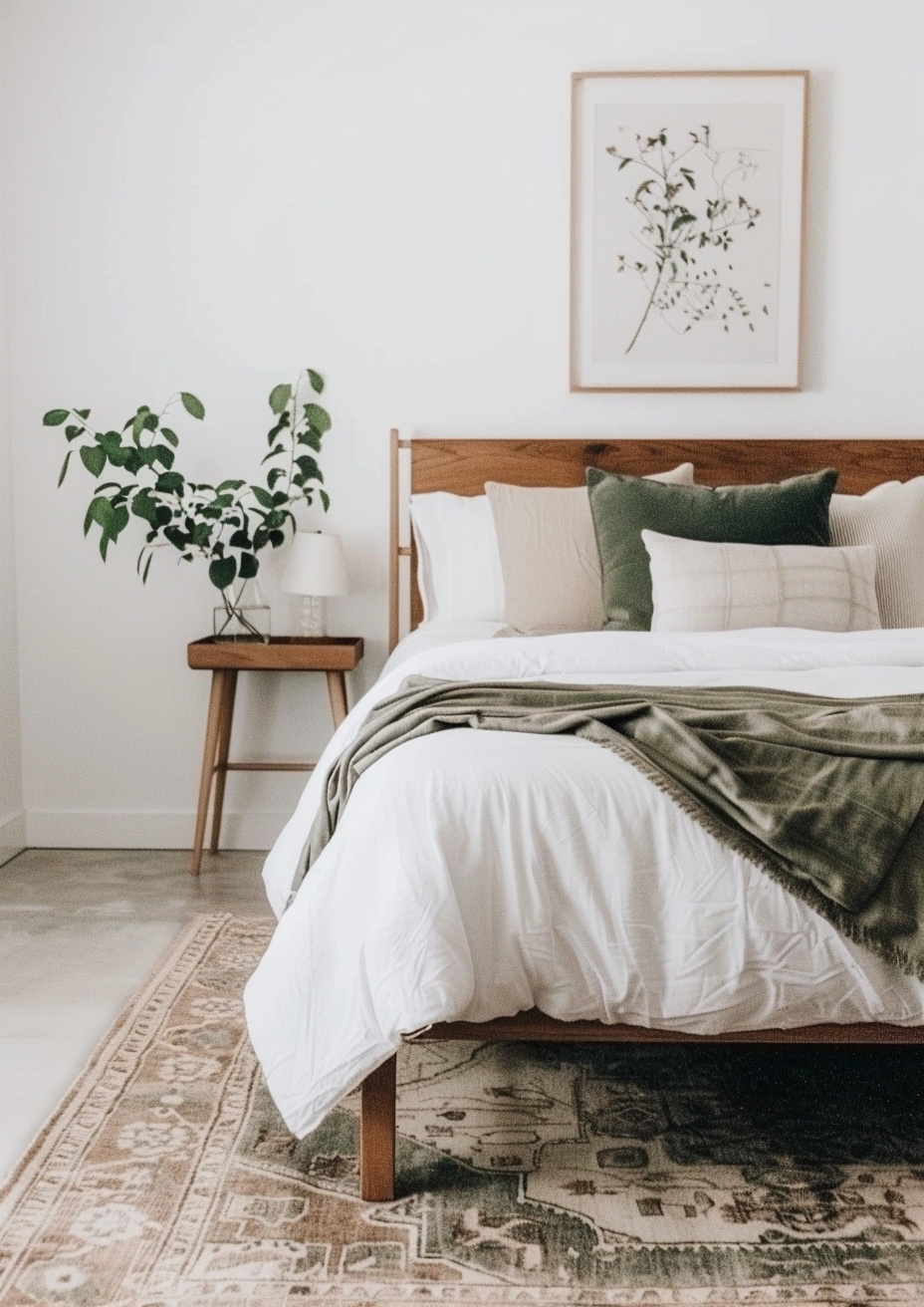
1. Maximizing Natural Light
Choose sheer curtains over blackout panels. Light window treatments over heavy drapes, always.
Hang curtains from ceiling height, not just above the window frame. This makes windows appear taller and ceilings higher—a simple trick with significant impact.
2. Mirror Placement for Small Bedrooms
A large mirror positioned across from a window effectively doubles natural light. Quality mirrors like Uttermost mirrors positioned opposite your bed reflect the entire room, making it feel twice as spacious.
Mirrored closet doors work exceptionally well—they disappear visually while reflecting light throughout the space.
Common Small Bedroom Design Mistakes
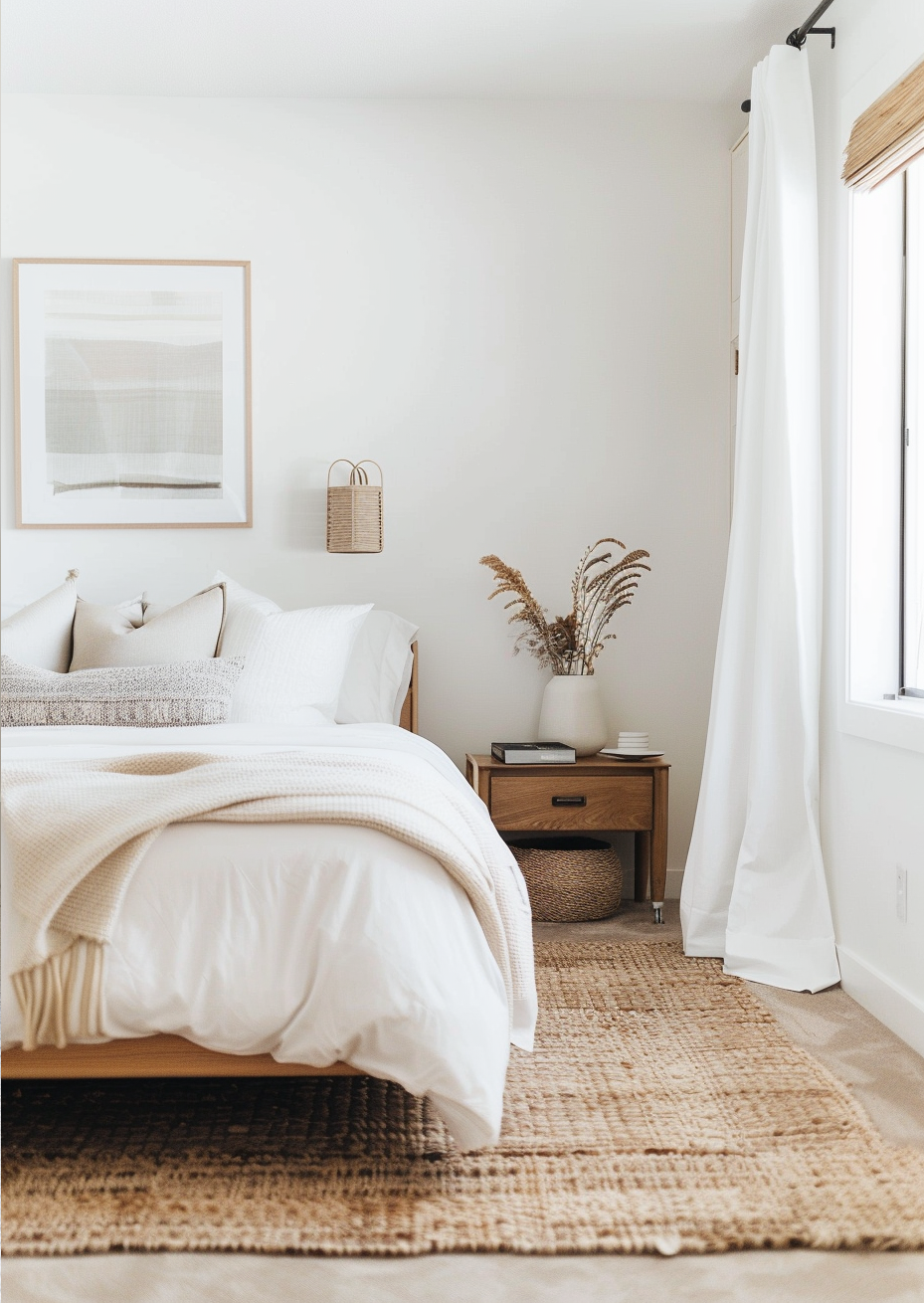
Avoid filling every corner with furniture simply because space exists. If an item doesn't serve a purpose, it's occupying valuable space.
Multiple small rugs make floors look fragmented. Dark walls absorb light and close rooms in. Too many patterns or colors create visual chaos.
Gallery walls in small rooms appear cluttered. One substantial piece of art outperforms twenty small ones. Heavy curtains block light and make rooms feel confined. Furniture blocking windows eliminates natural light.
Small Bedroom Problem Solutions
-Cluttered corners? Clear them completely or use one tall storage piece instead of multiple small ones.
-Room feels dark? Move furniture away from windows and switch to sheer curtains.
-Difficult navigation? Rearrange so your bed sits against the longest wall and pathways remain clear.
-Surfaces covered with items? Invest in under-bed storage and establish homes for daily essentials.
-Colors everywhere? Choose one or two accent colors, maximum, and maintain consistency.
Maintaining a Spacious Bedroom

Return items to their designated places after use. Clothing on floors, scattered books, and chargers on nightstands accumulate quickly and shrink perceived space. Dust regularly and keep windows clean so light can penetrate effectively.
Maintain your color scheme when purchasing new items. That bright accent piece might appeal to you, but if everything else is neutral, it will appear out of place. Store seasonal items under beds or in closets where they remain invisible.
Quality pieces from Archic Furniture look better and last longer than multiple inexpensive items crowding your space. One well-made piece beats five cheap alternatives.
Frequently Asked Questions

1. How do I make my tiny bedroom feel bigger without major expenses?
Light paint colors and one large mirror across from your window create a significant impact. Rearrange furniture for easier navigation, use one substantial rug instead of small ones, and clear clutter from surfaces. These changes cost minimal amounts but dramatically open rooms.
2. What's the biggest mistake people make in small bedrooms?
Purchasing oversized beds that dominate the entire room, then using dark colors throughout. Most people also attempt to fit too much furniture when they should be selective about what stays.
3. Can I still incorporate bold colors?
Absolutely, just choose one element—perhaps a colorful pillow or artwork. Keep walls and large furniture light so the room maintains an airy feeling.
4. Should I downsize my bed?
A full bed provides adequate sleeping space while leaving room for movement. Platform beds that sit low make ceilings appear taller as well.






















